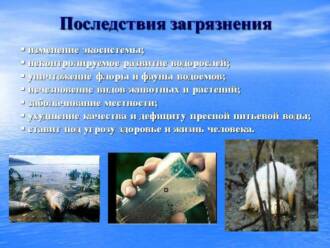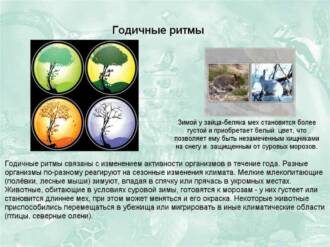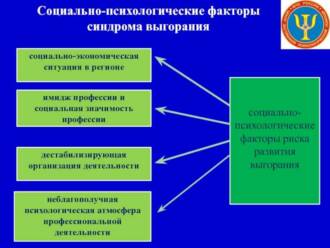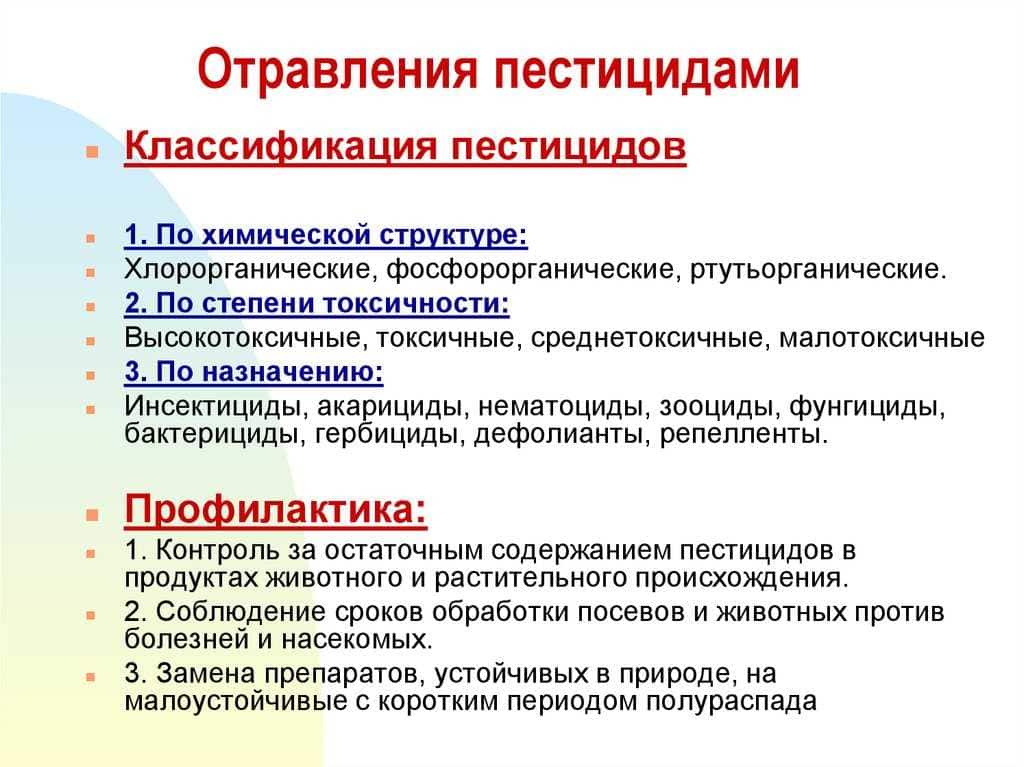
Butterflies, these graceful and colorful creatures, are an integral part of our nature. They not only decorate our world with their wings, but also perform important ecological functions. Unfortunately, in recent decades, we are faced with mass poisoning of butterflies caused by human activities.
One of the main causes of butterfly poisoning is the use of pesticides in agriculture. Pesticides intended to kill pests often end up in water and soil resources and then enter the food chain. Butterflies, like other insects, interact with their environment, including the plants they feed on. Pesticides that come into contact with plants become available to butterflies and can lead to their poisoning and death.
In addition, the destruction of natural habitats of butterflies is another reason for their mass poisoning. The expansion of agricultural lands, the construction of roads and cities, the pollution of water bodies - all this leads to the destruction of living environments of butterflies. They lose their habitats and cannot find enough food to survive. In addition, air pollution and climate change also have a negative impact on butterflies and their populations.
To prevent mass poisoning of butterflies, specific measures must be taken. First of all, it is necessary to reduce the use of pesticides and switch to environmentally safer methods of plant protection. It is also important to preserve and restore the natural habitats of butterflies by creating nature reserves and protected areas where they can live and breed. In addition, educational programs on the importance of butterflies and their conservation should be carried out in order to raise public awareness and draw attention to this issue.
Mass poisoning of butterflies is a serious problem that requires immediate intervention. Efforts must be made at the international, national and local levels to preserve these unique and important creatures. Together we can prevent their extinction and ensure their long-term existence on our planet.
Mass poisoning of butterflies: causes and consequences
Mass poisoning of butterflies is a serious problem faced by many regions of the world. It has a variety of causes and negative consequences for the ecosystem.
Causes of mass poisoning of butterflies:
One of the main causes of butterfly poisoning is the use of agricultural pesticides. These chemicals used to kill pests can be released into the environment and accumulate in plants that feed on butterflies. When butterflies feed on such plants, they also ingest pesticides, which leads to their poisoning.
Another cause of butterfly poisoning is the destruction of their natural habitats. Human activities such as deforestation, construction and use of agricultural land lead to the destruction of natural ecosystems where butterflies live. As a result, they lose access to food and shelter, which reduces their survival and ability to reproduce.
Consequences of mass poisoning of butterflies:

Mass poisoning of butterflies has a serious impact on the ecosystem. Butterflies play an important role in the pollination of plants, helping them reproduce. Their disappearance can lead to a decrease in the number of plants and deterioration of soil fertility. In addition, butterflies are food for many other animals, including birds and bats. Their absence can disrupt food chains and lead to imbalances in natural communities.
Mass poisoning of butterflies also has important implications for human health. Pesticides used to control pests can have negative health effects if they enter the food chain and are consumed in the diet. In addition, the decline in the number of butterflies can reduce opportunities to enjoy their beauty and diversity, which has a psychological impact on people.
Environmental pollution and its effect on butterflies
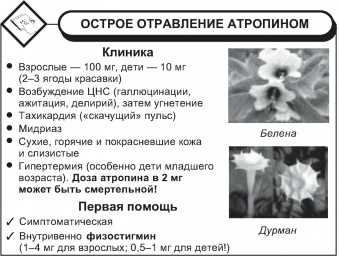
Environmental pollution has a serious impact on butterflies, with negative consequences on their life cycle and population. One of the main sources of pollution is industry, which emits harmful substances into the atmosphere. These substances settle on the plants that the butterflies feed on and can enter their body through larvae or adult insects.
One of the main environmental pollution problems for butterflies is the use of pesticides in agriculture. Pesticides used to protect plants from pests can have a toxic effect on butterflies. They can accumulate in the insects' tissues, disrupting their physiological processes and causing death or a decrease in the population.
Water pollution also affects butterflies, especially those whose larvae develop in water bodies. Emissions from industrial plants and domestic sewage can contain chemicals that pollute water and impair conditions for the development of butterfly larvae. As a result, populations of these insects may decline or disappear in certain areas.
To prevent mass poisoning of butterflies, it is necessary to take measures to reduce environmental pollution. This may include tightening controls on emissions of harmful substances into the atmosphere, encouraging the use of environmentally sound agricultural and soil practices, and treating wastewater before it is released into water bodies. Such measures will help save butterflies and their habitats for future generations.
Pesticide use and impact on butterfly populations

The use of pesticides is a common practice in modern agriculture. However, this may have a negative impact on the population of butterflies, which are important pollinators and constitute a significant part of the biodiversity in nature.
Pesticides such as insecticides and herbicides are used to control pests and weeds on agricultural land. However, these chemicals can be toxic to butterflies, destroying their eggs, caterpillars and pupae. What's more, pesticides can accumulate in soil and water, resulting in pollution of the butterfly's habitat.
Pesticide exposure to butterfly populations can have serious consequences. A decrease in the number of butterflies can reduce the efficiency of plant pollination, which in turn can lead to a decrease in crop yields. In addition, a decrease in the biodiversity of butterflies can disrupt the ecosystem in which they play an important role in the food chain and interactions with other organisms.
To prevent the negative impact of pesticides on the butterfly population, alternative pest and weed control methods must be applied. This may include the use of biological control, where natural enemies of pests are used to kill them. It is also important to educate agricultural workers about the correct and safe use of pesticides in order to minimize their negative impact on the environment and biodiversity.
Destruction of the natural habitat of butterflies
Butterflies are one of the most beautiful and amazing creatures of nature. They play an important role in the ecosystem, serving as pollinators and food base for other animals. However, in recent decades, the habitat of butterflies has become threatened due to the destruction of their natural environment.
One of the main causes of habitat destruction for butterflies is deforestation and destruction of their habitats. Forests are an ideal habitat for butterflies, as they offer a variety of plants and flowers that they rely on for food and reproduction. However, modern practices of deforestation and expansion of agricultural land lead to the destruction of the natural habitats of butterflies, which leads to a decrease in their number and diversity of species.
Environmental pollution also negatively affects butterflies and their habitat. The use of pesticides and chemical fertilizers in agriculture and horticulture has a toxic effect on butterflies and their larvae. These chemicals can destroy the flowers that butterflies rely on for food, as well as pollute the water and soil resources they need to reproduce and survive.
Climate change also has major implications for butterflies and their habitats. Global warming and changing weather patterns are changing the distribution of plants and flowers that butterflies rely on for food and reproduction. This may lead to a decrease in the number and diversity of butterfly species, as they may not be able to adapt to new conditions and find enough food.
To prevent the destruction of the natural habitat of butterflies, measures must be taken to conserve forests and reduce environmental pollution. It is important to preserve and restore the natural habitats of butterflies, to create special reserves and parks where they can exist safely. It is also necessary to limit the use of chemicals in agriculture and horticulture, as well as take measures to combat climate change and preserve biodiversity.
Climate change and its negative impact on butterflies
Climate change is a major threat to butterflies and their ecosystem. Global warming leads to a number of negative effects that directly affect the life cycle of butterflies.
One of the main negative aspects of climate change is the increase in the frequency and intensity of extreme weather events such as droughts, floods and rainstorms. These phenomena can negatively affect butterfly populations, as they are sensitive to fluctuations in temperature and humidity of the environment.
At the same time, climate change leads to a shift in the boundaries of the distribution ranges of butterflies. They are forced to migrate to colder or wetter regions, which can be a problem for them as they depend on certain plants and conditions for their survival.
In addition, climate change is affecting seasonal changes, often leading to a disconnect between butterflies and their food plants. For example, shifting plant flowering seasons can result in butterflies not finding enough food for their caterpillars.
Thus, climate change is having a negative impact on butterflies, threatening their survival and diversity. To prevent this, it is necessary to take measures to reduce greenhouse gas emissions and preserve the ecosystems necessary for the life of butterflies.
Effects of Light Pollution on Behavior and Migration of Butterflies
Light pollution caused by artificial lighting has a significant impact on the behavior and migration of butterflies. It can disrupt their natural cycle of activity and orientation.
Orientation and migration of butterflies
Butterflies use light to navigate and navigate in space. They navigate by sunlight and moonlight to determine the direction of movement and find food or a breeding partner. Light pollution can throw butterflies off course and impair their ability to migrate to their desired location.
Change in activity and behavior
Artificial lighting at night can lead to a change in the activity of butterflies. Some species that are normally active at night may become less active or cease their activities entirely due to light pollution. This can reduce their chances of foraging and breeding.
Influence on interaction with other organisms
Light pollution can also affect how butterflies interact with other organisms in their ecosystem. For example, they may attract more predators or, conversely, become more vulnerable if their normal defense mechanisms fail due to altered behavior due to light pollution.
Light Pollution Prevention
Appropriate measures must be taken to prevent the effects of light pollution on butterflies. This may include using more efficient and environmentally friendly light sources, as well as reducing the use of artificial lighting at night. Such measures will help preserve the natural behavior and migration of butterflies, contributing to their conservation and biodiversity.
How to prevent poisoning and save the butterfly population
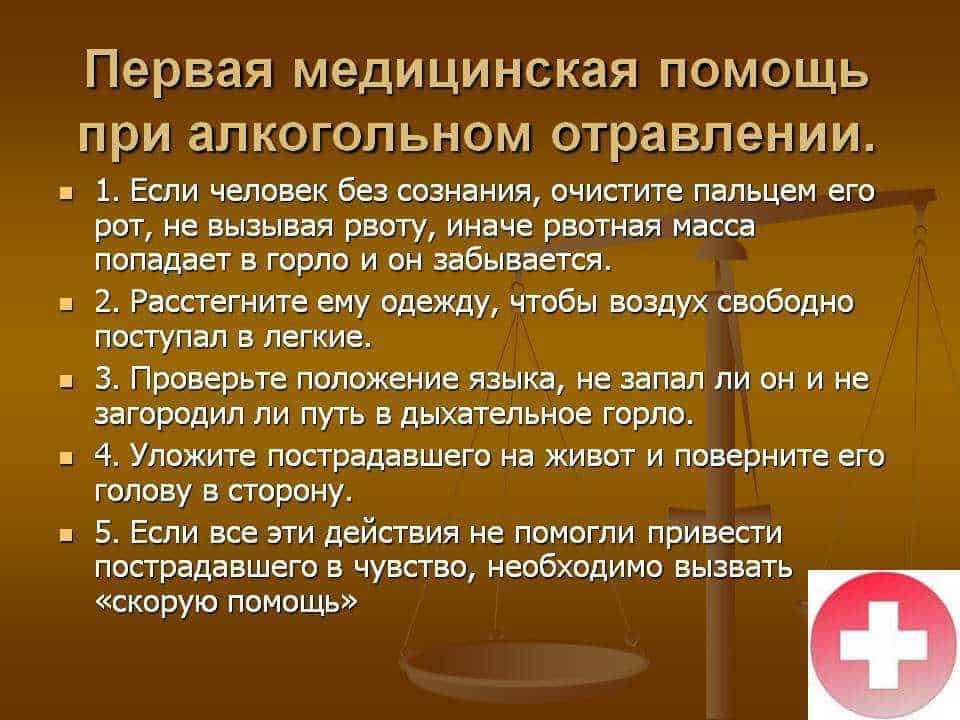
Butterfly poisoning is a serious problem that requires our attention and action. Here are a few ways to help prevent poisoning and keep these beautiful insects alive.
1. Use Natural Pest Control Methods

One of the main factors that contribute to butterfly poisoning is the use of chemicals to control pests. Instead, natural methods such as natural enemies of pests, repellent plants, mechanical removal of pests, and the use of organic fertilizers and pesticides should be used. This will reduce the impact of harmful substances on butterflies and preserve their population.
2. Protect Butterfly Habitats
One of the reasons for the decline in the butterfly population is the destruction of their habitats. To prevent this, it is necessary to protect natural areas and create special reserves for butterflies. This will help preserve their habitat and provide them with enough food and breeding grounds.
3. Education and information
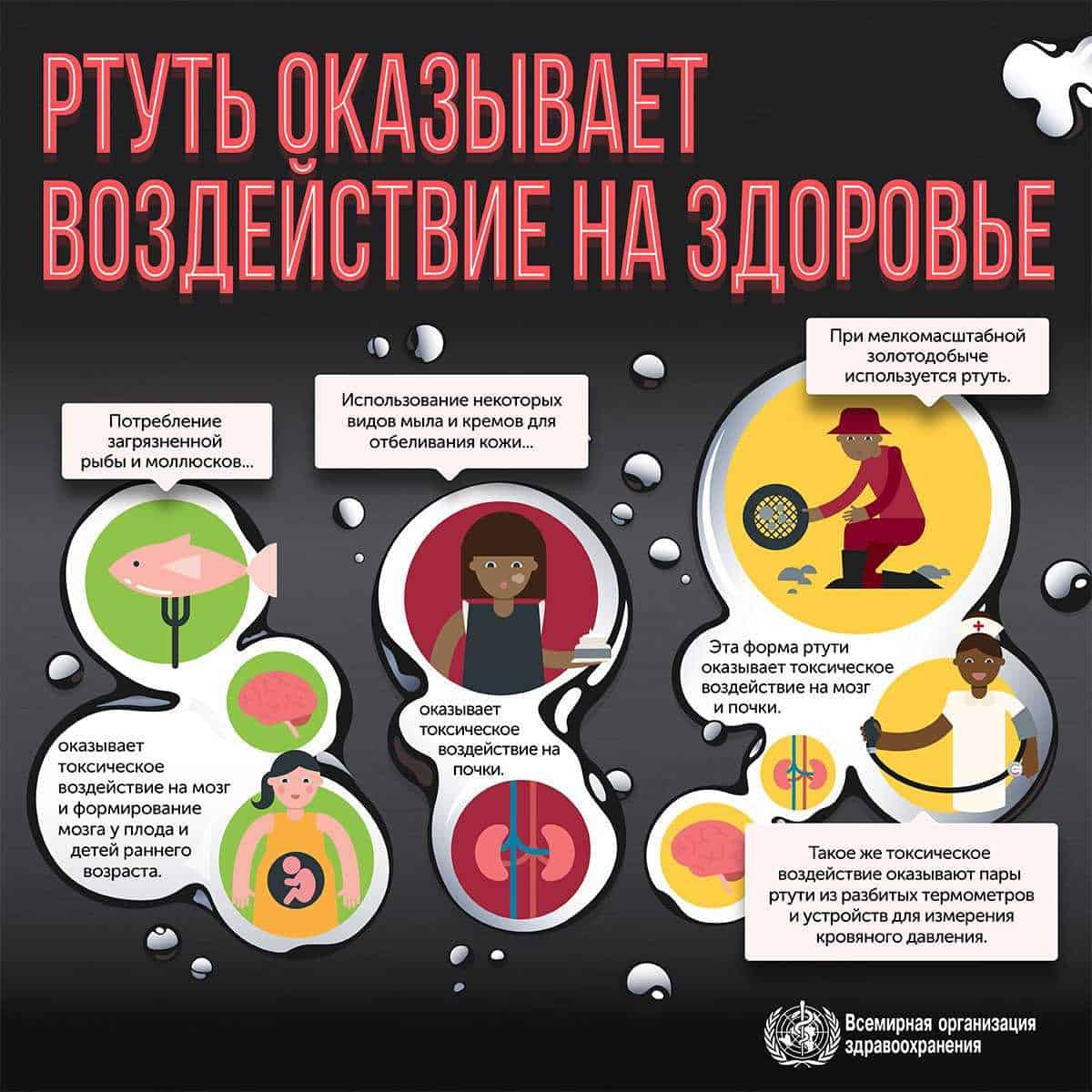
Education and information play an important role in preventing butterfly poisoning. Educational programs and campaigns need to be carried out to make people aware of the importance of butterfly conservation and aware of the potential threats associated with the use of chemicals. This will help raise public awareness and change their behavior in favor of conserving the butterfly population.
In general, the prevention of poisoning and the conservation of the butterfly population requires the joint efforts of all members of society. Measures need to be taken to use natural methods of pest control, protect habitats and conduct educational programs. This is the only way we can save these amazing creatures and maintain the ecological balance.
Conscious consumption and sustainable alternatives
Human activities have a significant impact on the environment and insects, including butterflies. To prevent mass poisoning of butterflies, you need to be conscious about your choices and prefer environmentally friendly alternatives.
1. Purchasing organic products
Organic products are grown without the use of chemical fertilizers, pesticides and herbicides that can harm insects. By buying organic, you are supporting an agriculture that cares about biodiversity and eliminates harmful chemicals.
2. Use of natural fertilizers and pesticides
When growing a garden or vegetable garden, you can use natural fertilizers such as compost or manure. They are not only safer for the environment, but also promote healthy plant growth. Instead of chemical pesticides, natural alternatives such as plant infusions or biological preparations can be used.
3. Support for local manufacturers
By choosing products from local producers, you reduce transport costs and reduce emissions of harmful substances into the atmosphere. Local farmers and producers often use more environmentally friendly growing and production methods, which contribute to the conservation of insects, including butterflies.
4. Compliance with the principles of sustainable development
Sustainable development involves a balance between economic, social and environmental aspects. When choosing products and services, it is worth considering their impact on the environment and insects. Separate waste collection and recycling, energy efficiency and environmentally friendly technologies are just some examples of how to reduce the negative impact on the environment.
In general, conscious consumption and the use of environmentally friendly alternatives will help reduce the impact of human activities on insects, including butterflies. Each of us can contribute to the conservation of biodiversity and the creation of a favorable environment for the peaceful inhabitants of our planet.
Protection of natural biodiversity and butterflies

Natural biodiversity and butterflies play an important role in the ecosystem and are an integral part of nature. However, they currently face various threats caused by human activity.
One of the main threats to butterflies is the loss and destruction of their natural habitats. Human activities such as deforestation, land development and the use of pesticides lead to a decrease in the number and diversity of butterflies. To protect natural biodiversity and butterflies, it is necessary to conserve and restore their habitats, provide access to food and plants that are their food sources.
One way to protect natural biodiversity and butterflies is to take action to protect their habitats. It is necessary to create reserves and natural parks where butterflies will be provided with a safe environment for life and reproduction. It is also important to monitor the abundance and diversity of butterflies in order to take timely measures to protect them.
Another important aspect of protecting natural biodiversity and butterflies is public education. People need to be made aware of the importance of conserving butterflies and their habitats, as well as the negative impacts of human activities on their numbers and diversity. Particular attention should be paid to the education and upbringing of the younger generation so that they develop environmental awareness and appreciate nature from childhood.
Thus, the protection of natural biodiversity and butterflies is an urgent and important task. It is necessary to take measures to preserve and restore their habitats, monitor and inform the population about the importance of their conservation. Only by joint efforts can we prevent mass poisoning of butterflies and preserve their magnificent beauty and importance in nature.

